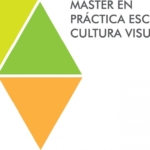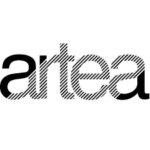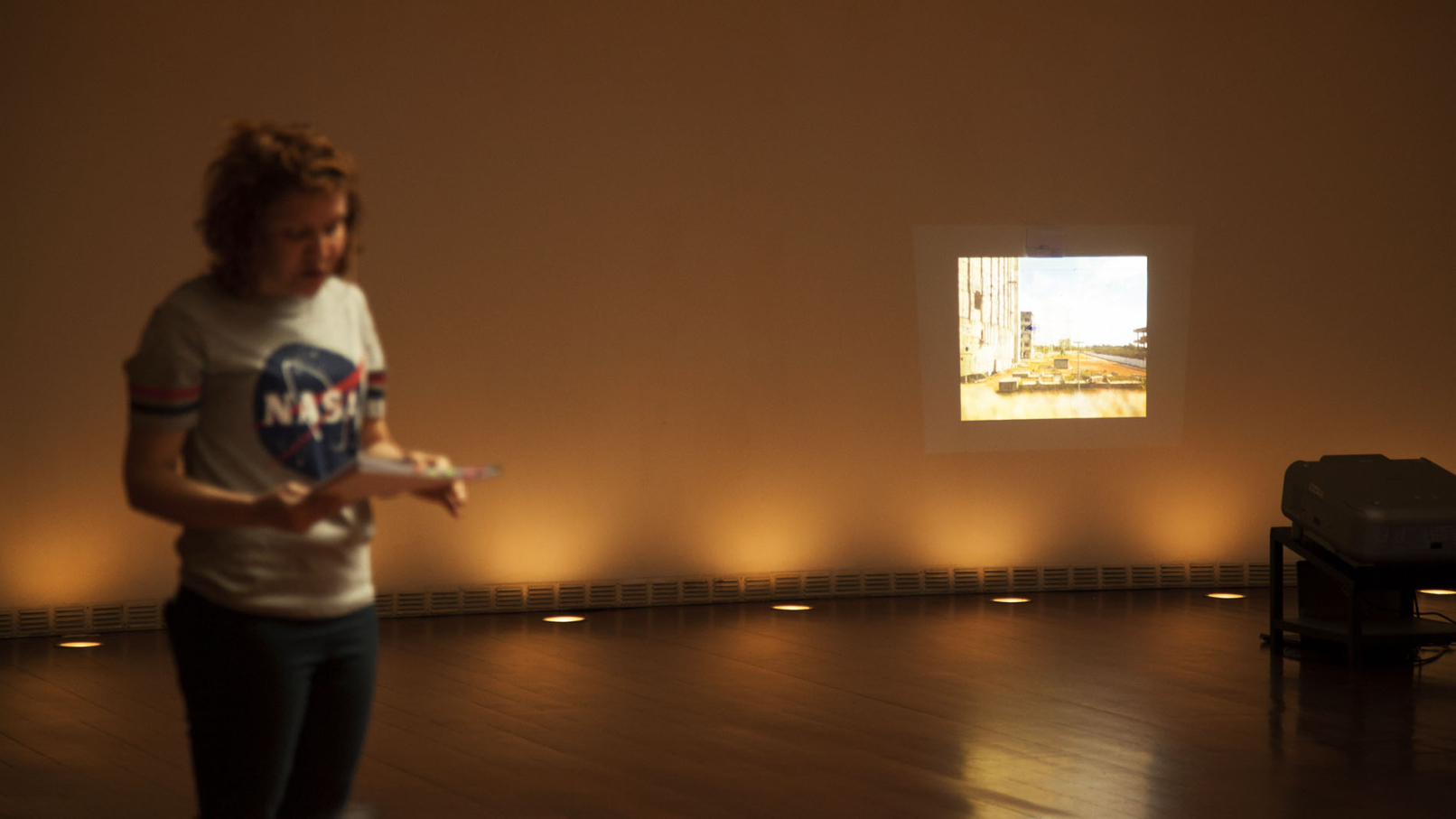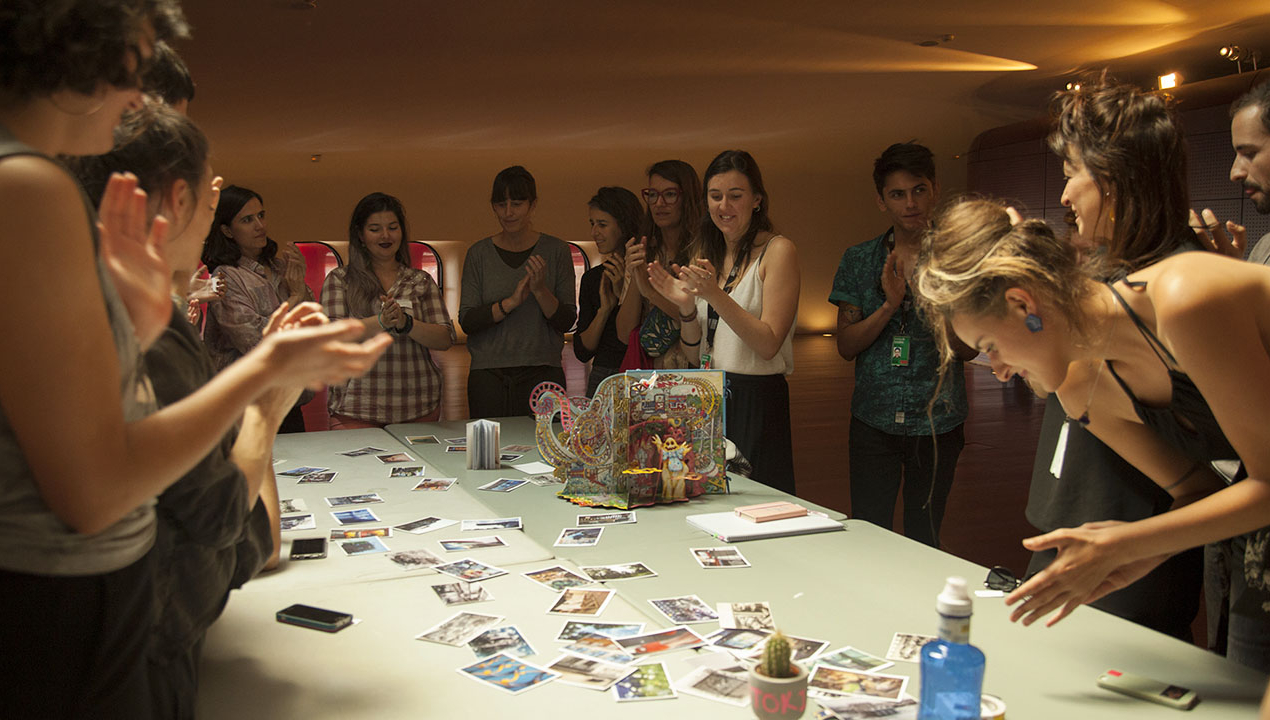THE GIRL WHO LOOKED THE OTHER SIDE
El imposible como lugar para la acción el cambio / The impossible as a place for action and change
Reina Sofia National Museum
Castilla-La Mancha University
Madrid, Spain
October, 2028 – June, 2019
(English below)
TODO EJERCICIO DE ESCRITURA ES UN FRACASO.
¿Y si lo que cuento ocurriera de otra manera?
¿Y si solo quiero contar una historia de amor?
Este libro podría surgir del vínculo entre Madrid, La Habana o la Ciudad Nuclear y el mar. Es un deseo que va más allá de escapar del síndrome de Ulises. Es una invitación a pensar el «imposible» como acontecimiento y potencia de cambio.
Este libro podría ser la salida de una isla para entrar a un continente. Es el medio para volver y estar en casa, para hablarle a la gente a la que no sé cuándo volveré a ver, y a todos aquellos sobre los cuales la memoria ha sido un «maquillador».
Este libro quiere ser actual. En él se combinan medios, escritura y técnicas de interpretación que abarcan las humanidades: historia, antropología, literatura, arquitectura.
Este libro es otra manera de hablar de amor.
La niña que miraba al otro lado parte de 39 notas a pie de página escritas entre la Ciudad Nuclear y La Habana durante febrero y julio de 2018.
Las notas fueron incluidas en el libro La bahía, que, junto al audiovisual homónimo forman parte del proyecto La bahía, pensábamos cómo realizar una acción nuclear. Un laboratorio artístico que aborda la relación poética de Yunet (directora de cine, cosmonauta) con la central electronuclear de Juraguá, en la provincia de Cienfuegos, Cuba.
El ejercicio consistió en escribir los 39 textos que acompañaban a estas notas a pie durante los mismos días en que habían sido concebidas, pero un año después, mientras Yunet se encontraba en Madrid.
Así, el texto final estaría atravesado no sólo por otra temporalidad, sino por otra ciudad, otro amor, otra circunstancia, otro océano, otras «bahías», otras posibles «acciones nucleares» como la materialización de un parque de atracciones en las ruinas de una isla o en las ruinas de un proyecto nuclear… Incluso, la búsqueda incesante del mar.
El mar en La Habana, el mar en la Ciudad Nuclear, el mar en Madrid… el intento de cruzar tres ciudades con las aguas y vincularlas a un pasado y un futuro improbables, pero no imposibles. De ahí que el proyecto fuera también una invitación a pensar en ese «imposible» como lugar para la acción y el cambio.
Con el deseo de intervenir la isla o el peso de la isla, de dar continuidad a un proceso de trabajo y de vida, de sanar, de dejar ir y también de soñar con cambiar el curso de las cosas… Todo ello junto a imágenes de archivo, documentos históricos y una exploración fotográfica que aborda la relación entre la ciudad sin salida al mar y su anhelo de alcanzarlo.
Tras varios meses de trabajo, la relación entre los nuevos textos y sus correspondientes notas a pie de página resultaba sospechosa. La falta de rigor, la creciente nostalgia, la incompatibilidad entre el presente y el pasado (tan inmenso como lejano) fueron determinantes.
Como resultado, algunos textos salieron adelante.
Otros siguieron su propio camino.
Otros se quedaron (de nuevo) a medias.
Otros ni siquiera se empezaron.
En su lugar, vieron la luz nuevas notas a pie de página. Y esas, las escritas con anterioridad, una vez más abandonadas, abrieron otros espacios, vínculos, dando lugar a otras relaciones desde un lugar que decía adiós a lo temporal.
EVERY WRITING EXERCISE IS A FAILURE
What if what I tell you happened differently?
What if I just want to tell a love story?
This artwork begins with 39 footnotes written between Nuclear City and Havana during February and July 2018.
The footnotes were included in the book La bahía which, together with the audiovisual of the same name, are part of the actions of The bay, we were thinking how to perform a nuclear action. Artistic laboratory that addresses the poetic relationship of Yunet (film director, cosmonaut) with the failed project of the Juraguá nuclear power plant in the province of Cienfuegos, Cuba.
The exercise consisted of writing the 39 texts that accompanied these footnotes during the same days in which they had been conceived, but a year later while Yunet was in Madrid.
Thus the final text would be traversed not only by another temporality, but by a different city, a different love, another circumstance, another ocean, other «bays», other possible «nuclear actions» such as the materialization of an amusement park in the ruins of an island or in the ruins of a nuclear project…. And even, the incessant search for the Sea.
The sea in Havana, the sea in the Nuclear City, the sea in Madrid… the attempt to cross three cities with the waters and link them to an improbable, but not impossible, past and future. Hence, the project was also an invitation to think about this «impossible» as a place for action and change.
With the desire to intervene the island or the weight of the island, to give continuity to a process of work and life, to heal, to let go and also to dream of changing the course of things… All this together with archival images, historical documents, and a photographic exploration that addresses the relationship between the landlocked city and its longing to reach the sea.
After several months of work, the relationship between the new texts and their corresponding footnotes was suspect. The lack of rigor, the growing nostalgia, the incompatibility between the present and the past (both huge and distant) were decisive.
As a result, some texts did make it.
Others took their own paths.
Others remained (again) half done.
Still others were not even begun.
Instead, new footnotes saw the light of day. And those, the previously written ones, once again left alone, opened other spaces, links, giving rise to other relationships from a place that said goodbye to the temporary.
CREDITS
Performer
Alessandra Santiesteban
Text and direction
Alessandra Santiesteban
Mentoring
Rosa Casado
Photographic documentation
María Sábato
Romina Grisel
With the support of
Master in Performing Arts and Visual Culture (University of Castilla-La Mancha/ Reina Sofia Museum)
Artea – research and scenic creation
Reina Sofia National Museum and Art Center
Acknowledgments
Amaia Castañeda
Carolina Cedeño
José Miguel Neira
Paola López Zamariola
Romina Grisel
Ulises Vargas
Aitana Díez
And to all the people who in one way or another, beyond the distances, were part of the process.















